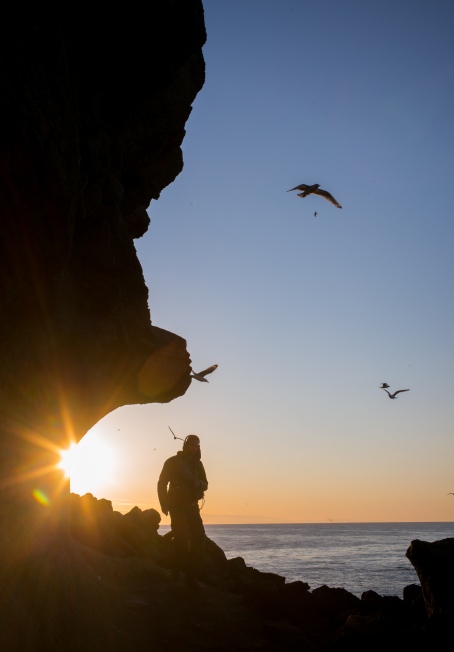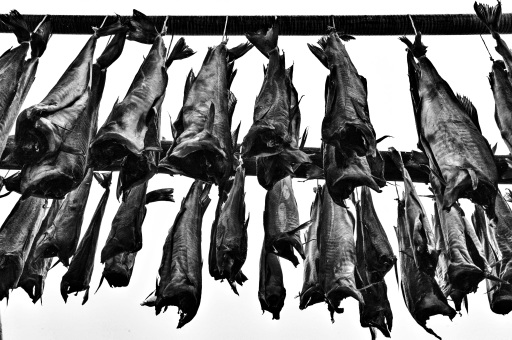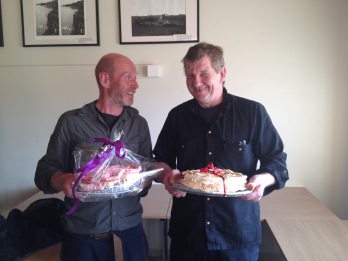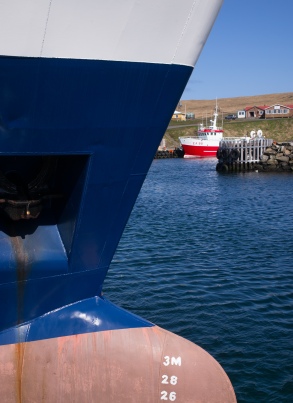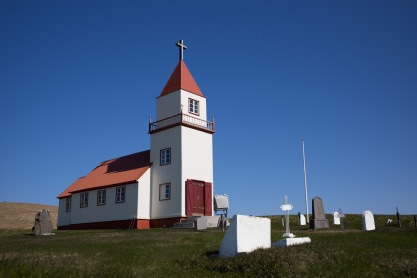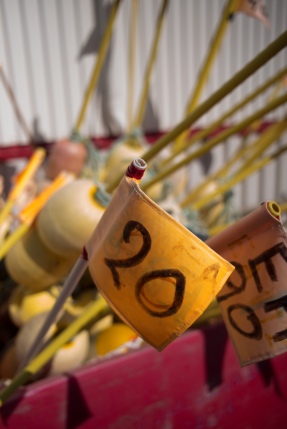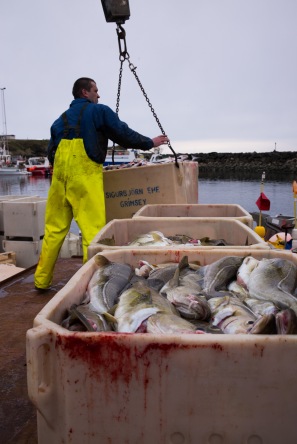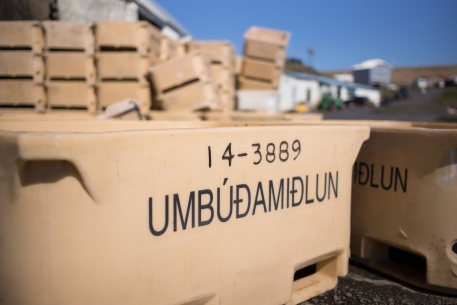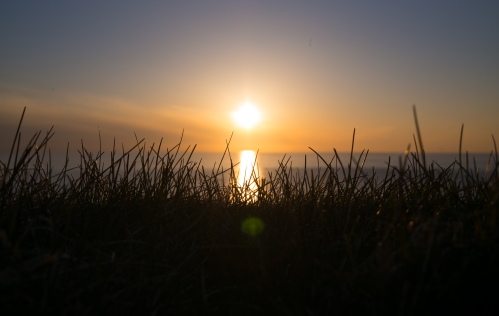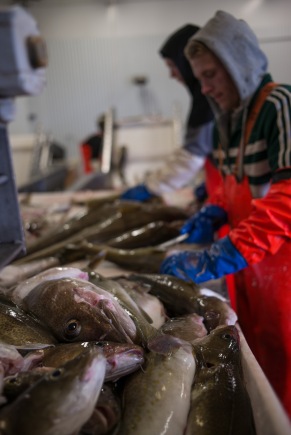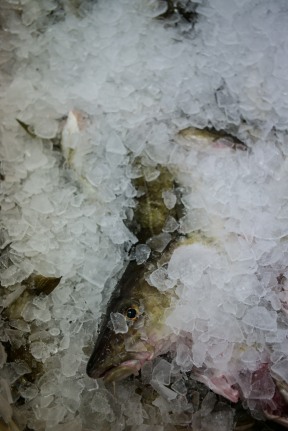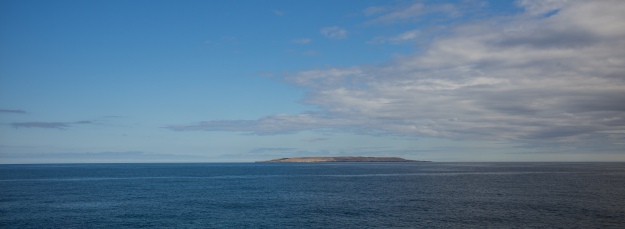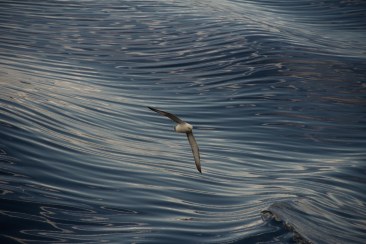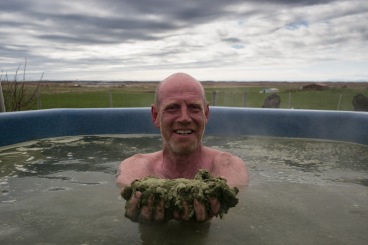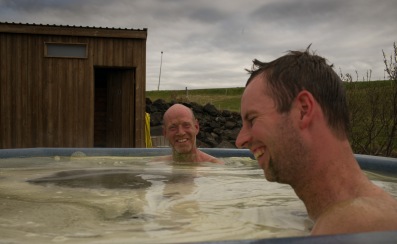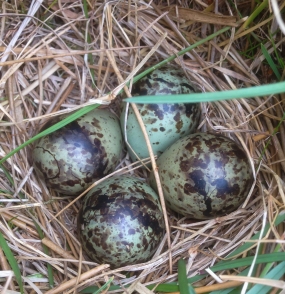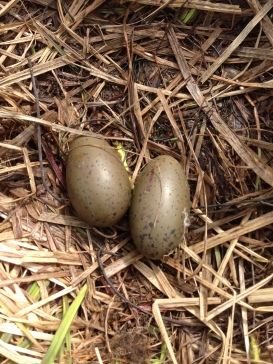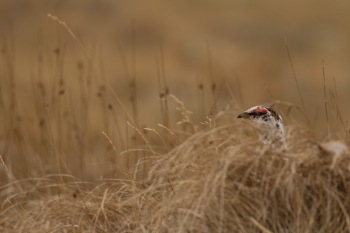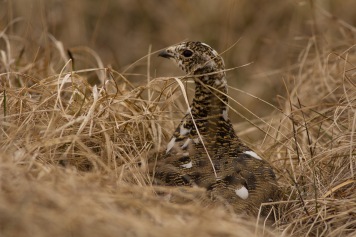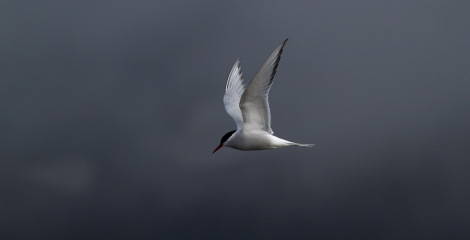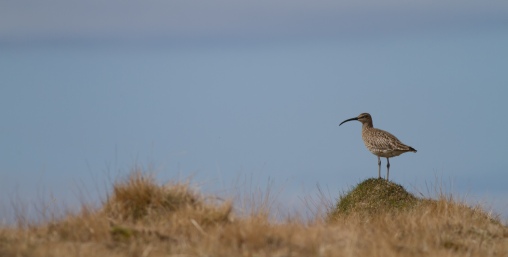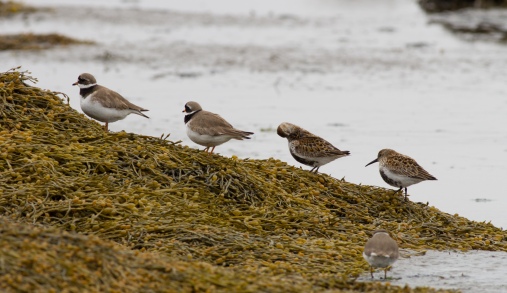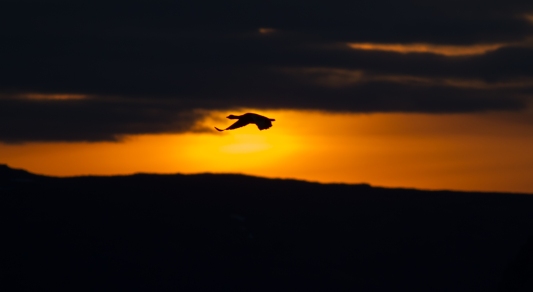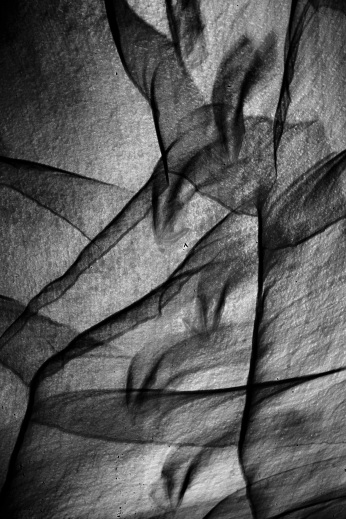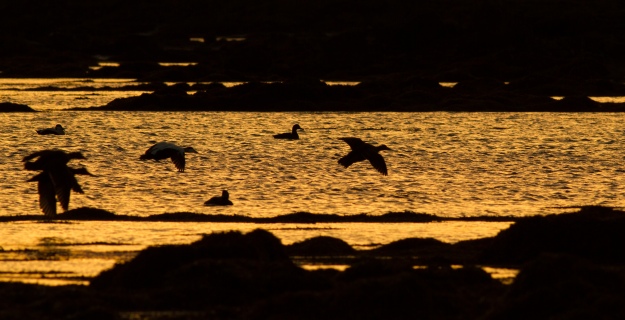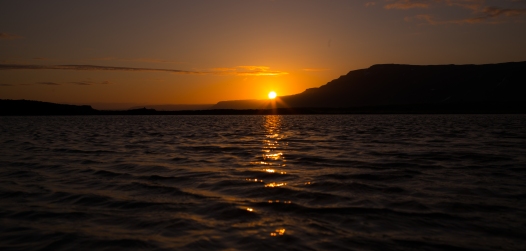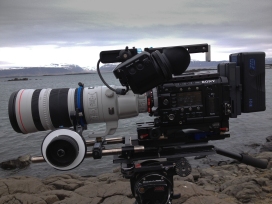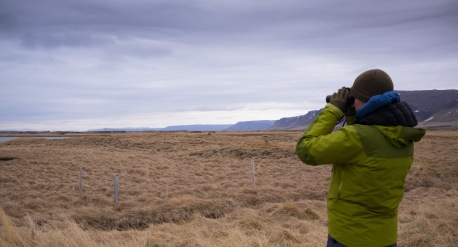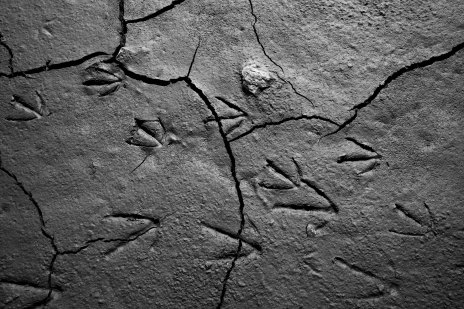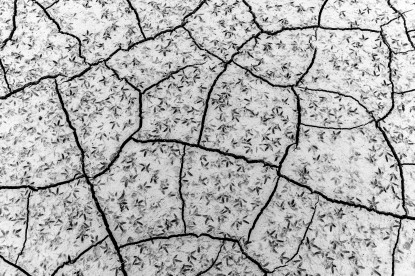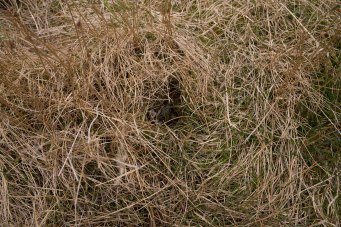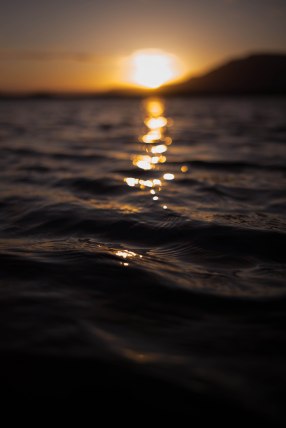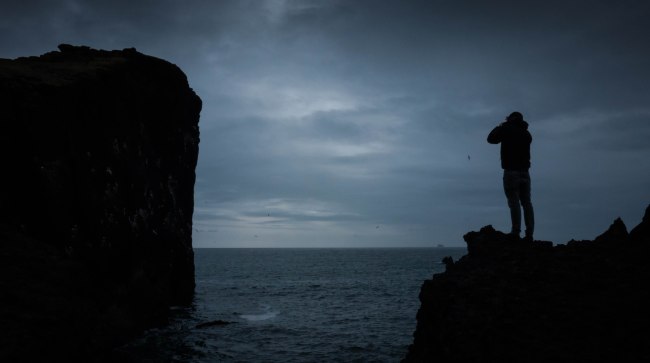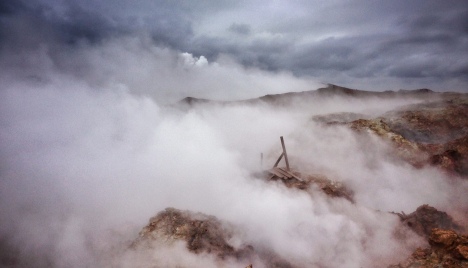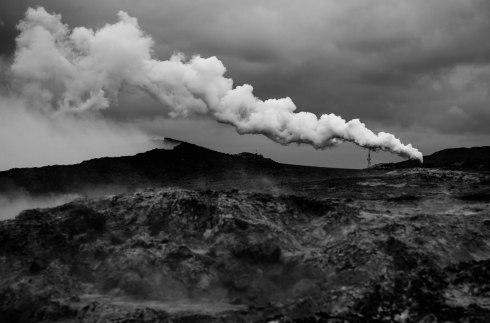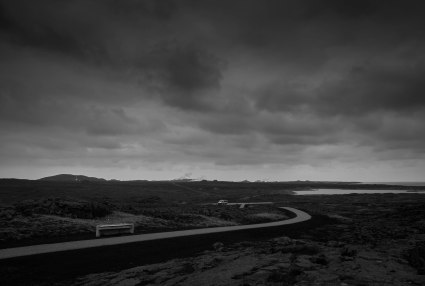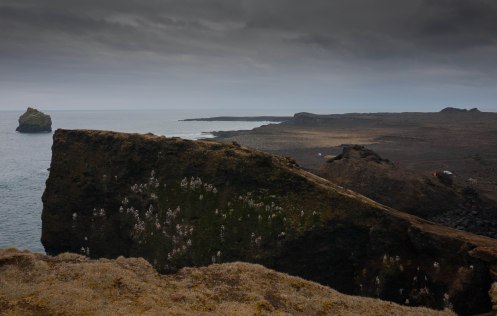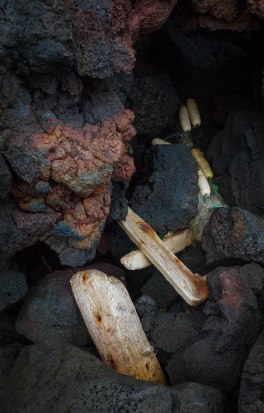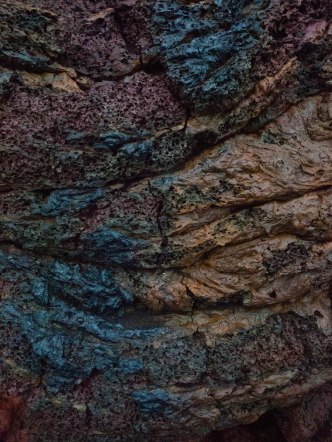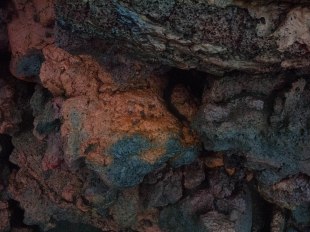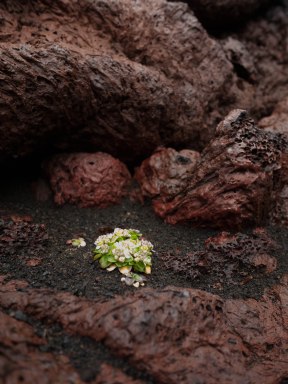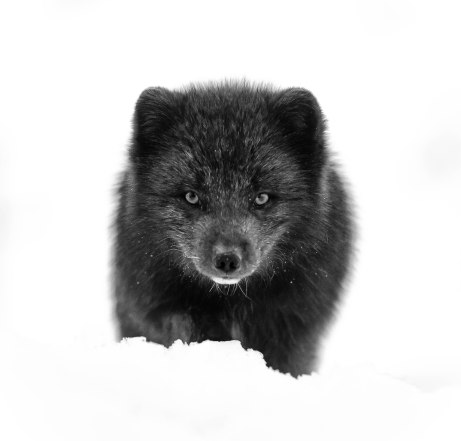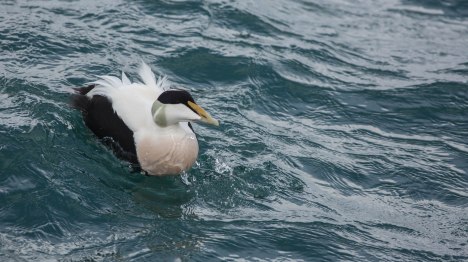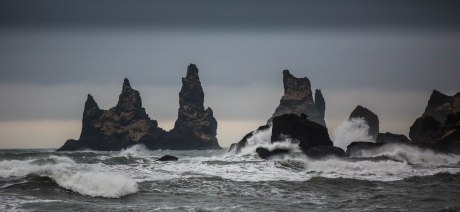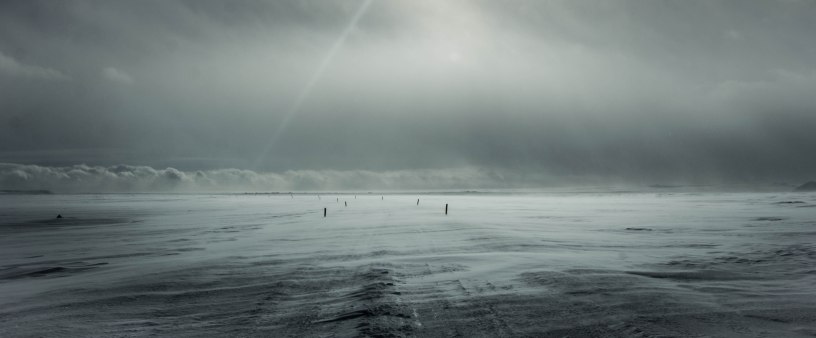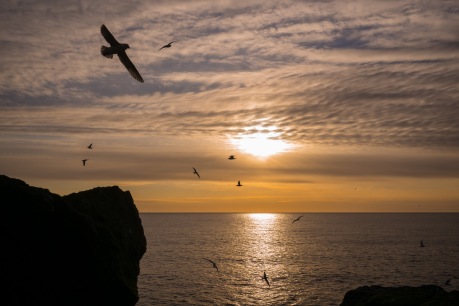
The warmth and hospitality of Icelanders has constantly impressed us on our journey through this extraordinary land. Grimsey is no exception to this, we were met off the ferry (Andy was having a hard time negotiating the narrow exit ramp, but we got off without becoming an addition to the boats in the harbour) by Gagga, our lovely landlady from Basar guesthouse, and welcomed with hot coffee to our home for the week.
Our main targets to film for the week are the huge numbers of seabirds nesting on the cliffs here (over a million on the 300ft cliffs that ring this tiny island). But its not just the birds, we wanted to film the age old method of egg collecting that has been practised here for centuries. For a community that existed on a diet of fish and the few sheep that were kept here, seabird eggs played an important part in days of old and today.
In the same way that chicken eggs bought from the supermarket are not viable (i.e. they haven’t developed a foetus inside until growth has been triggered by the warmth of incubation). The Seabird eggs are collected just after they have been laid and before incubation, so timing of this event is critical. The collectors keep a watchful eye on their stretch of cliff (they are divided up in the same way as any land, each collector has his own patch) waiting for the first signs of laying. Once started, a sector is only harvested 3 times over 9 days or so, then left alone, so the guillemots and razorbills simply lay a new egg after the collecting and raise that to the hatching stage undisturbed. Its typical of Icelanders to work out a way to exist in harmony with the landscape and wildlife, and this totally sustainable way of working with sea birds is no exception.
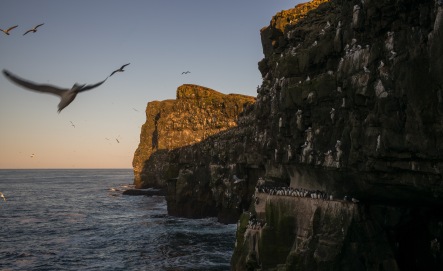
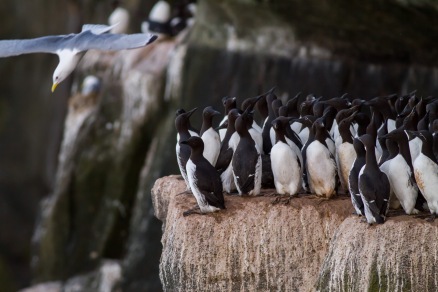

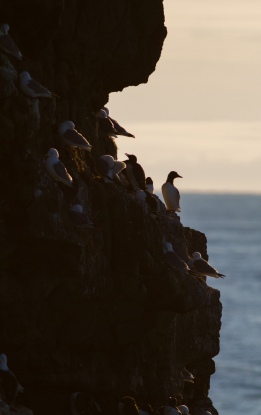
So it was with great interest and anticipation that we met up with Maggi and Siggi on the high cliffs. These brothers have lived their lives to the full here on the island, spending happy childhood days learning the ways of sea and land, it shows too. Their knowledge of bird behaviour and the ways of the sea is extraordinary, there is a depth behind their words that cannot be learnt by reading books or taking a degree in biology, it can only come by living side by side with nature.
Our cameras set safely at the top of the cliff , we were wondering exactly how the eggs were collected?, how many ropes, harnesses and all the normal paraphernalia of rock climbing on 300ft sheer cliffs were to be employed? Soon all became clear, as an old tractor came trundling towards us across the moorland…
The tractor reversed to the edge of the cliff, Siggi put on a sturdy harness (made by himself, the same patterns used by his father before him) long rope slung over the back of the roller winch on the back of the tractor and Siggi backed over the cliff edge carrying the all important tools of the trade – pole net, canvas bag for the eggs and the all important helmet (some protection against any rocks dislodged by birds).
Seeing Siggi nimbly make his way down the cliff face from the safety of our viewpoint was an impressive sight, constantly in touch with his brother Maggi, holding the other end of the rope at the top, literally with Siggi’s life in his hands, telling him when to give more rope, when to stop etc. It was very clear the huge level of trust they place in each other. To them its a normal day at the office, they’ve been doing it for years, but it took our breath away. The sequence will hopefully do some justice to this when its been through the cutting room later this year, and with the combination of our main camera (Sony F55) 2nd unit (Canon C300) and the ever useful GoPro, we’ve certainly got it covered. here’s some stills that will hopefully give some idea.
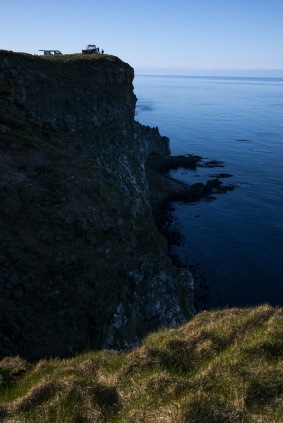

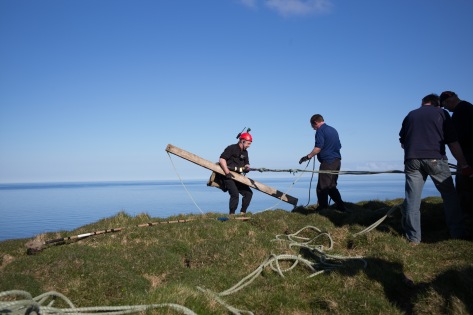
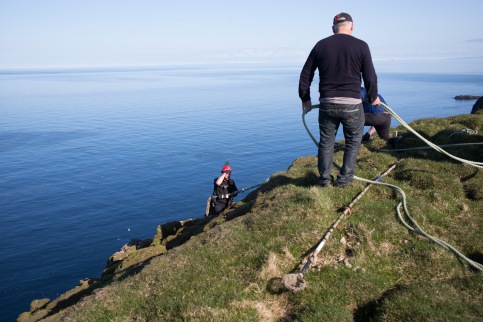
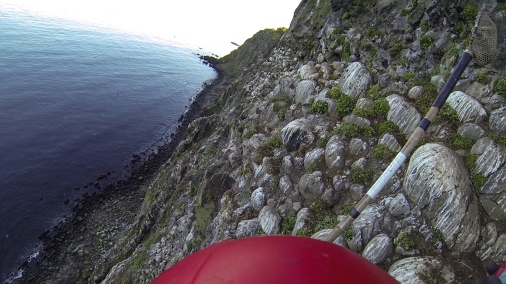


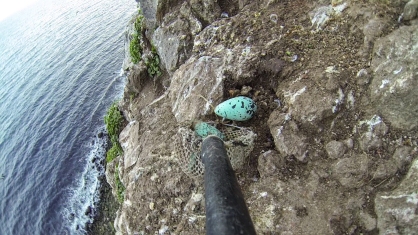
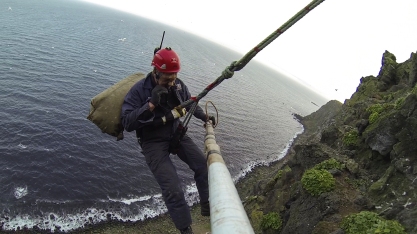
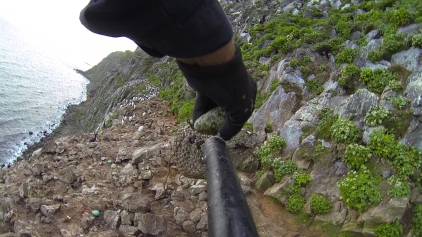



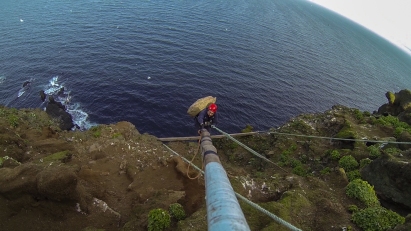
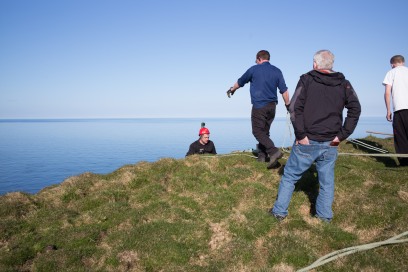

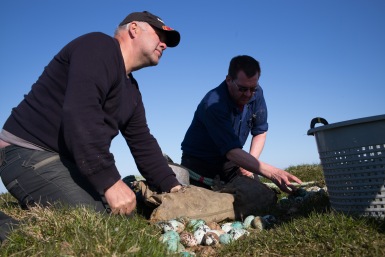
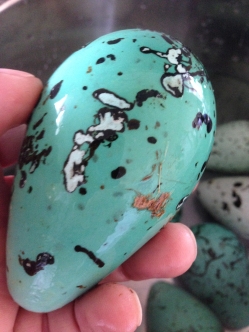
With the collecting done, we chatted away with the brothers for ages, happily munching away on fermented shark and eggs, listening to stories of their youth and life on the island. You couldn’t wish to meet nicer people, funny, charismatic and tough in the way that only a life in a harsh environment can make a man.
We all felt privileged to spend time with them and gladly accepted the kind invitation of dinner at Maggi’s house (a wonderful meal of lamb cooked by his wife Anna) More chatting and stories of the island kept us thoroughly entertained for the evening but more excitement was still to come, Maggi had a surprise in store for us.
He and Siggi had to take their boat round to the cliff bottom to pick up some eggs left from a previous days collecting and invited us to go with them. It was too late (9pm) for decent filming light, but never being ones to turn down the opportunity for a spin on the ocean, and to see the island from a different perspective, we piled in and set off through calm seas in Siggi’s powerful RIB.
What welcomed us on the shore at the bottom of the cliffs was the most extraordinary spectacle, thousands upon thousands of Guillemots and Razorbills flew off from and returned to the cliffs as they headed to their feeding grounds out on the Arctic Ocean. Ive never seen anything quite like it, the sheer numbers were amazing and there is no way a camera can do it justice (even our prized Leica!) its one of those things that just has to go on your top ten things to see before you die, you have to see it with your own eyes and experience the smells and sounds alongside.


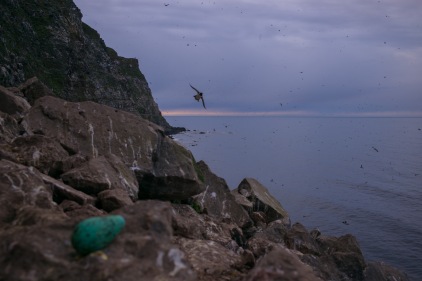
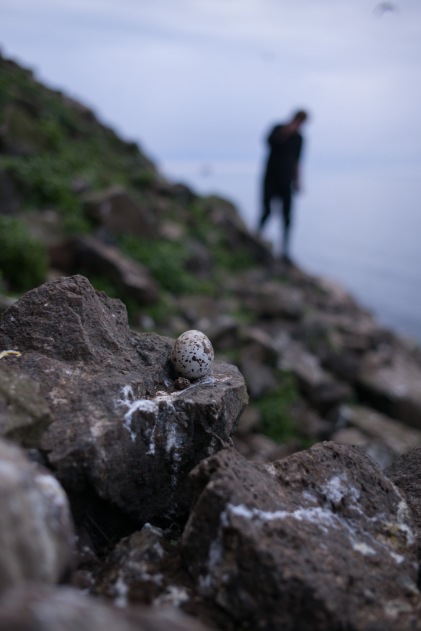
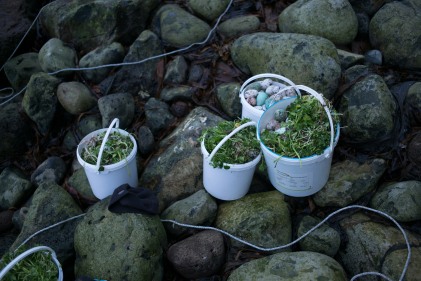
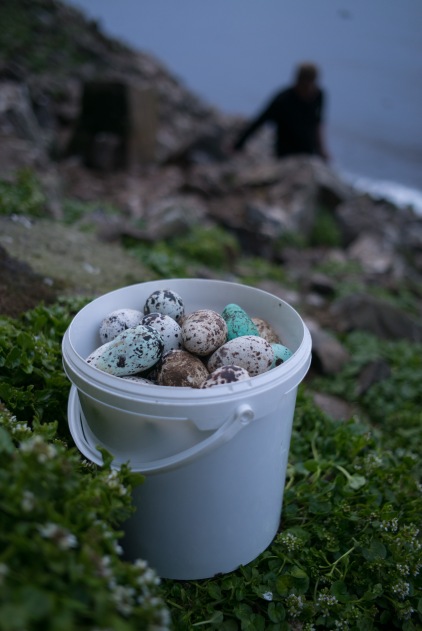
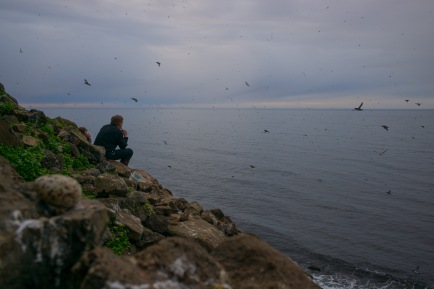
end of a perfect few days, I think its fair to say that we’ve fallen in love with Grimsey!